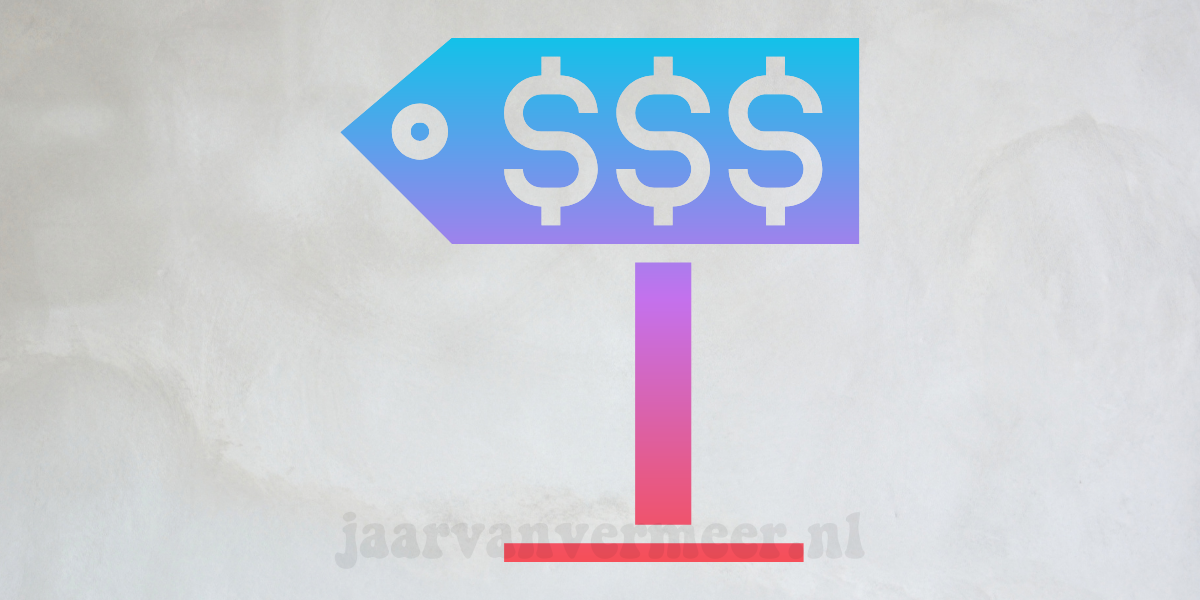The Issue
Most businesses use the standard American sales model without thinking. There are many variations of this model that are constantly being promoted by webinars, workshops, and sales courses. A variation of the standard model includes “opening” or “closing” techniques. It also contains concepts like the “sales funnel” as well as “best practices” principles. The model’s vernacular has given salespeople, business owners, and managers a common language to discuss the job of selling. However, there are many superior sales models, although they are less common. The familiarity with the traditional sales model is perpetuating a vicious cycle that no longer benefits salespeople and business owners.
Business owners are more interested in encouraging and creating competitive divergence in recent years, particularly after the current economic downturn in the United States. By creating more remarkable dissociation between the company itself and its competitors, competitive divergence can increase a company’s attractiveness. Competitive advantage has become synonymous with competitive departure. A transformation in sales practices started to take place as business owners sought more innovative ways to differentiate themselves from the rest and increase their market competitiveness.
A new model
Modern sales techniques regard cold-calling and opening and closing techniques as archaic. They also consider its constructs (such as the sales funnel) inferior to the more complex and precise constructs that modern sales methods used to explain and understand sales developments. The new standard does not endorse traditional or overt sales tactics, even though the old standard was founded in sales techniques. Although the idea of “sales without sales” is still a new concept, it has established a precedent that no American variation can match: The American sales model was not merely modified but replaced by non-sales-oriented and system-based models. All-business owners, their salespeople, and buyers are benefiting from the replacement of the standard American model by more flexible, more efficient sales methods.
Selling in Today’s World
It is essential to redefine the role of the seller and the buyer in this new sales paradigm. The biggest obstacle to growing sales for the salesperson is his or her status as a salesperson. Buyers are suspicious of salespeople’s self-serving motives. This dynamic can be difficult to change, as salespeople are often suspected by buyers that they are being used to price-check another vendor. We cannot force a buyer to change. However, you can change your mindset about buyers. It isn’t helpful for your sales goals to see buyers as unapproachable, inaccessible obstacles. Instead, try to empathize with buyers. Understanding buyers is difficult because they have been exposed to many self-serving salespeople throughout their careers. Now, your challenge is to present yourself as someone who can inspire and share valuable knowledge with buyers. Non-sales allows for a new dynamic between buyer and seller. This dynamic is built on mutual respect.
Salespeople must stop selling and face the question of their true identity to buyers once they have stopped trying to sell. There is a paradox and even more significant competitive divergence that will provide the answer. The salesperson must offer or represent something that is more valuable to the buyer than the product or service they are selling. This offer is not a bribe and must be made without regard for reciprocation. You will sell more as a salesperson if you or your buyers are able to show them how you are a superior resource to their competition. Your buyer will keep you as a resource, and sales will naturally result. My clients are valued assets. I teach salespeople how they can be seen beyond being a salesperson. This will help you gain sales without having to sell.
Selling that sells effectively can be avoided by any means, including educating, sharing, and servicing. My greatest successes in sales have been achieved by adopting a non-sales approach to my potential clients. This can significantly improve the sales of those who used the old standard. Non-sales strategies require new skills and a cognitive shift.
* Sales techniques don’t produce sales; assets do.
* The benefit selling is less effective than the related story effect when it comes to inspiring buyers
* Closing sales is not about technique. It’s about creating value through associative Learning1, which helps you sell your products and services.
* Potential buyers can be inspired by your disinterestedness in selling (not uninterestedness).
The former standard sales model is no longer effective in selling today’s world. Buyer/seller relationships suffer from the old model of closing and opening techniques, cold-calling, and sales funnels. The salesperson will always be the most challenging obstacle if buyers are suspicious of them. The new sales model is becoming more popular and helps companies compete better, especially in the race for new business. Being able to sell consistently and successfully requires salespeople not to be considered salespeople. This needs them to learn how to make sales without selling.
